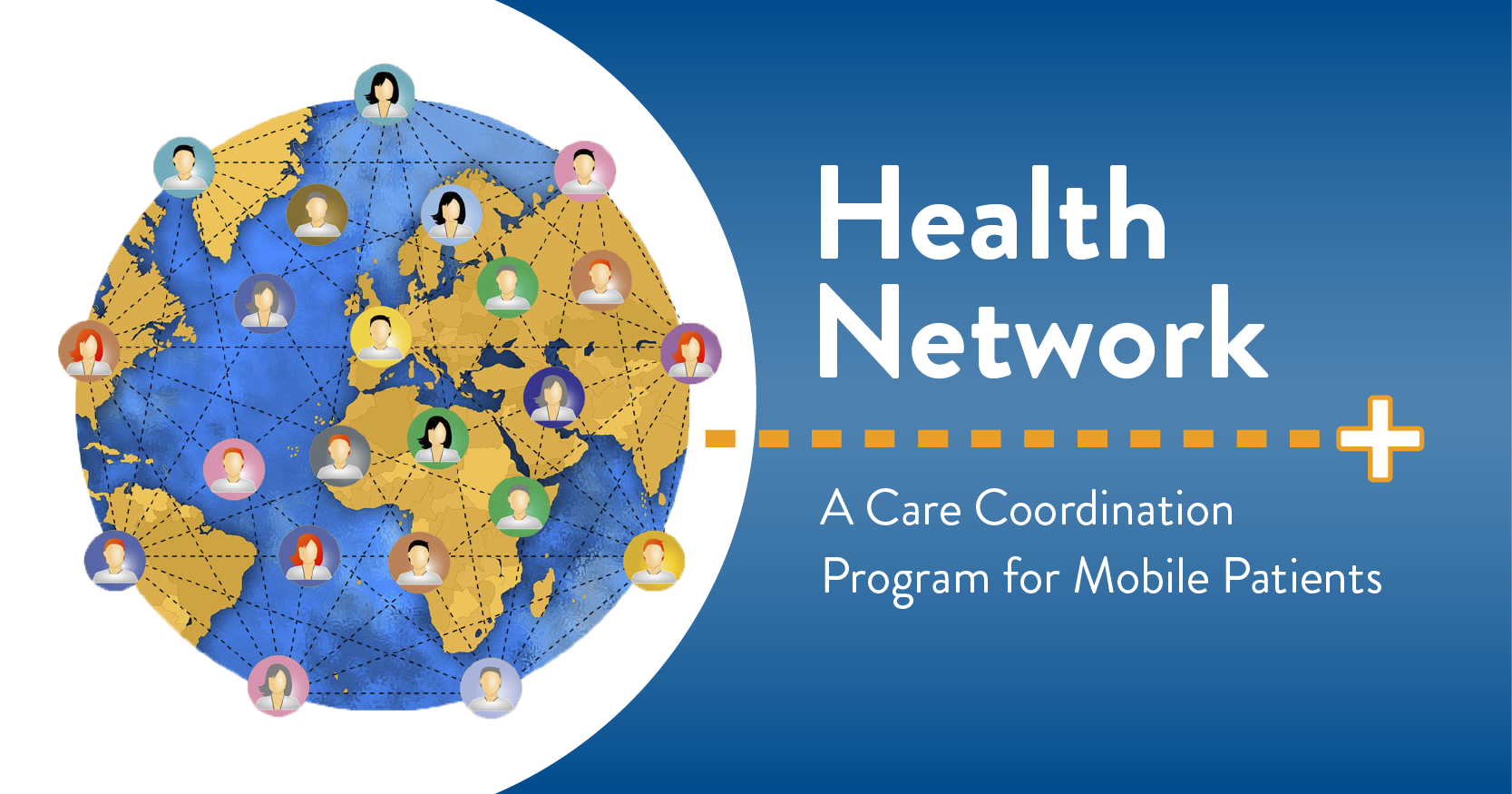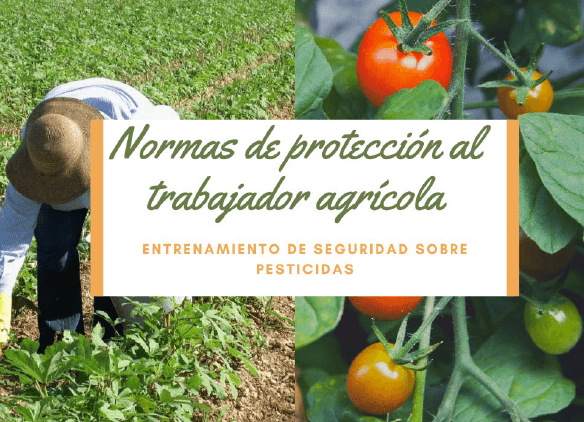

Agricultural workers are at significant risk for heat stress. Heat stress results when the body cannot get rid of excess heat and its core temperature rises. Heat stress may lead to more severe heat illness including heat exhaustion, heat cramps, heat stroke, and even death if left untreated. Agricultural work, which requires performing physically demanding work for long hours in hot and sometimes humid weather, places workers at high risk.
This guide provides information to clinicians on the prevention and treatment of heat-related illness. Since workers may not be familiar with all of the symptoms of heat stress, it is important that clinicians discuss heat illness symptoms and prevention with agricultural workers and others who are at risk.
This joint FJ and MCN publication was supported by the Health Resources and Services Administration (HRSA) of the U.S. Department of Health and Human Services (HHS) as part of awards totaling $1,949,598 with 0% financed with non-governmental sources. The contents are those of the authors and do not necessarily represent the official views of, nor an endorsement by, HRSA, HHS, or the U.S. Government. For more information, please visit HHS.gov.
These image-centric and engaging resources can help clinicians reach refugee, immigrant, and migrant communities with important information regarding getting vaccinated. The flyers are available in English, Spanish, and Haitian Creole, and both pre-made and editable versions are available. Users can insert their organization logo as well as state-specific information such as their state vaccine sign-up website and vaccine customer service phone number. Along with these fliers, MCN has created a simple ‘how-to’ video (see above) for editing the fliers.
The original designs for this resource were created by a staff member of East Coast Migrant Head Start Project who is the daughter of a farmworker, and who had once gone to East Coast Migrant Head Start Project centers herself. The flyers were adapted by MCN.
Show your support of the vaccine in your community! MCN’s #YoMeLaPuse campaign offers five beautifully designed posters showing people of various ages after their vaccination that are available for download and printing. A sixth poster is customizable, allowing communities to paste in a photo of a local religious leader, or community health care providers, or other community leader who is proud to have gotten the vaccine. The posters are accompanied by a short video in Spanish, which can be played at community events and in waiting rooms.

This colorful vaccine calendar comic gives low-literacy information on vaccines and some information on why adults need immunizations, too. Available in high resolution to download and print into poster size.
Download & print MCN's Unselfie sign, fill it out with the name of your personal frontline hero, and post the photo with #HeroesOnTheFrontline to raise awareness for our work supporting clinicians.
Here are a few examples from previous years:



The analysis encouraged by these Five Key Questions, developed by the Center for Media Literacy (CML), can inform the decision-making or actions that we may take in a media-driven world.
A Prezi presentation that includes the Five Key Questions accompanied by links out to related resources is available to view here: https://prezi.com/view/2zUKL4KGQWaysr1BertD/

Health Network assures continuity of care and treatment completion by providing comprehensive case management, medical records transfer, and follow-up services for mobile patients. During this webinar, you will learn how to enroll a patient in Health Network, strategies for incorporating Health Network into your existing clinic systems, and the steps Health Network associates take to ensure continuity of care for your patients while keeping your clinic informed of patient outcomes.
This project is supported by the Health Resources and Services Administration (HRSA) of the U.S. Department of Health and Human Services (HHS) under cooperative agreement number U30CS09742, Technical Assistance to Community and Migrant Health Centers and Homeless for $1,094,709.00 with 0% of the total NCA project financed with non-federal sources. This information or content and conclusions are those of the author and should not be construed as the official position or policy of, nor should any endorsements be inferred by HRSA, HHS or the U.S. Government.
The Environmental Protection Agency’s (EPA) Worker Protection Standard (WPS)protects agricultural workers from the health risks associated with pesticides. The WPS requires agricultural employers to comply with minimum safety precautions when using pesticides on farms and in nurseries, greenhouses or forests. Requirements include: training of workers handling pesticides or working in treated areas, provision of adequate personal protective equipment (PPE), communication of information about work areas recently treated with pesticides and when it is safe to re-enter these areas, and in case of emergency, availability of decontamination facilities and provision of medical assistance. The following guide reflects the WPS provisions currently in effect, which were last updated in 2015.

Worker Protection Standard Pesticide Safety Training Curriculum - Culturally and linguistically appropriate curriculum with supporting resources for training workers on the revised Worker Protection Standard. Developed by the Florida State University PISCA Project and Migrant Clinicians Network.
The New England Journal of Medicine has an article analyzing early cases in China which gives some clarity around how the virus works: “Clinical Characteristics of Coronavirus Disease 2019 in China".
The CDC’s archived webinar from last week provides a useful overview for clinicians: “Coronavirus Disease 2019 (COVID-19) Update—What Clinicians Need to Know to Prepare for COVID-19 in the United States.”
This almost real-time map shows where COVID-19 cases have been reported, all over the world, which provides some perspective and allows for a visual understanding of the spread as it progresses.
NACHC’s new FAQ runs down a number of additional resources not covered here, specifically tailored for health centers.